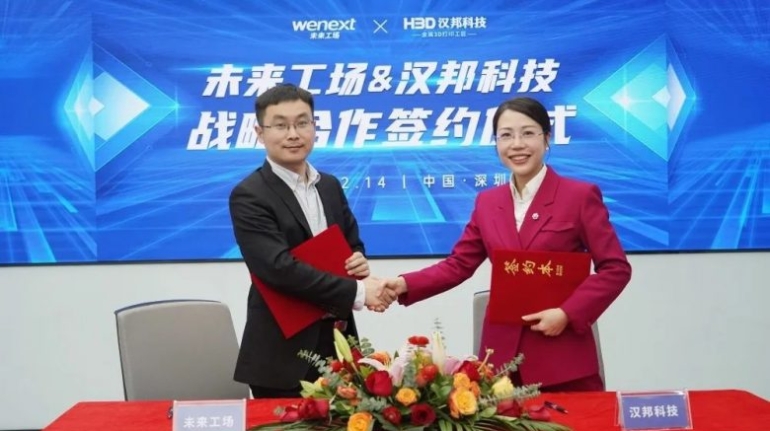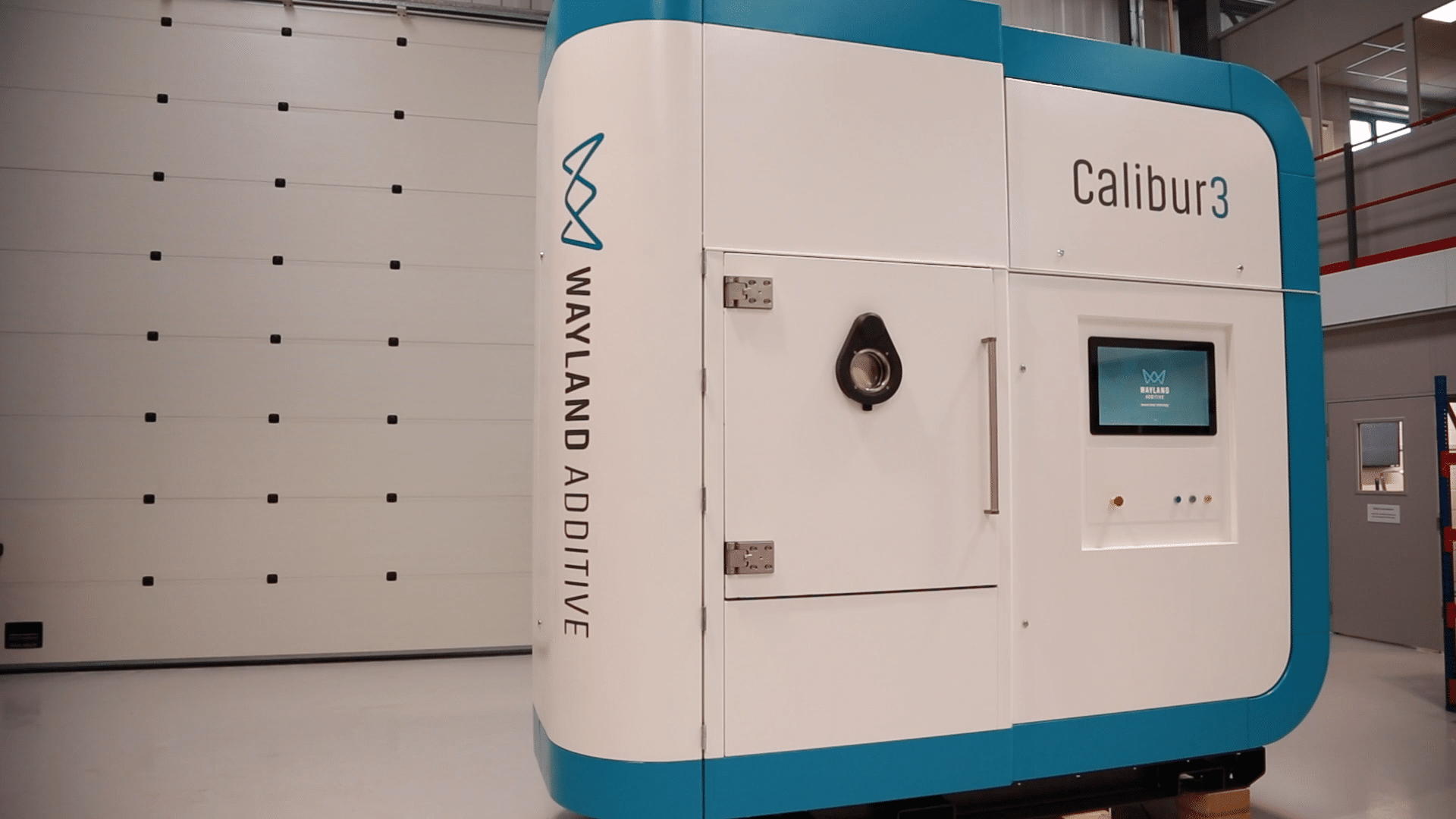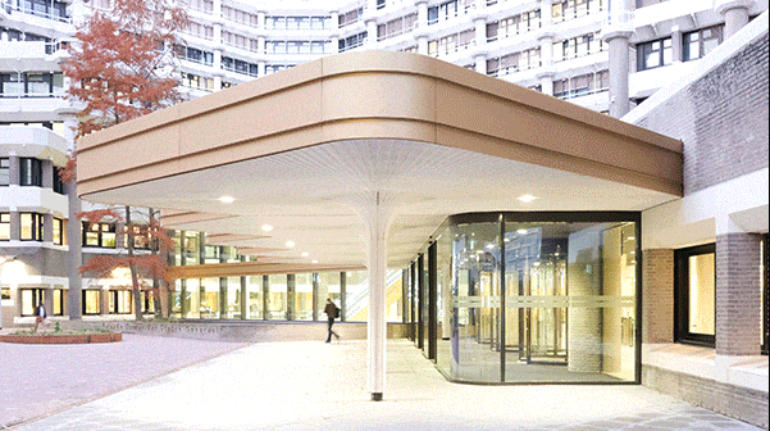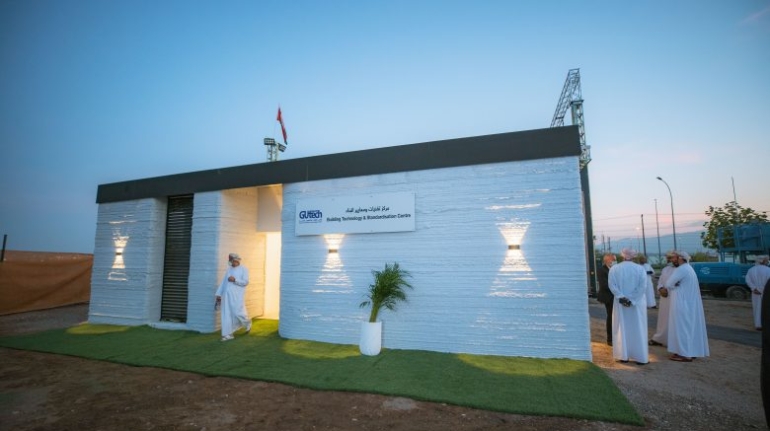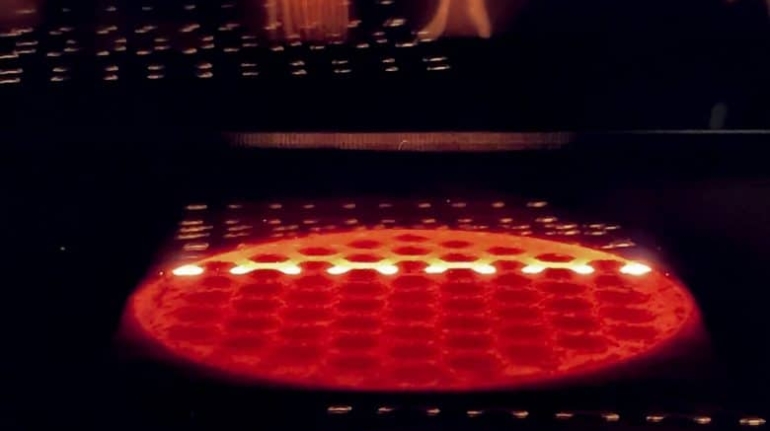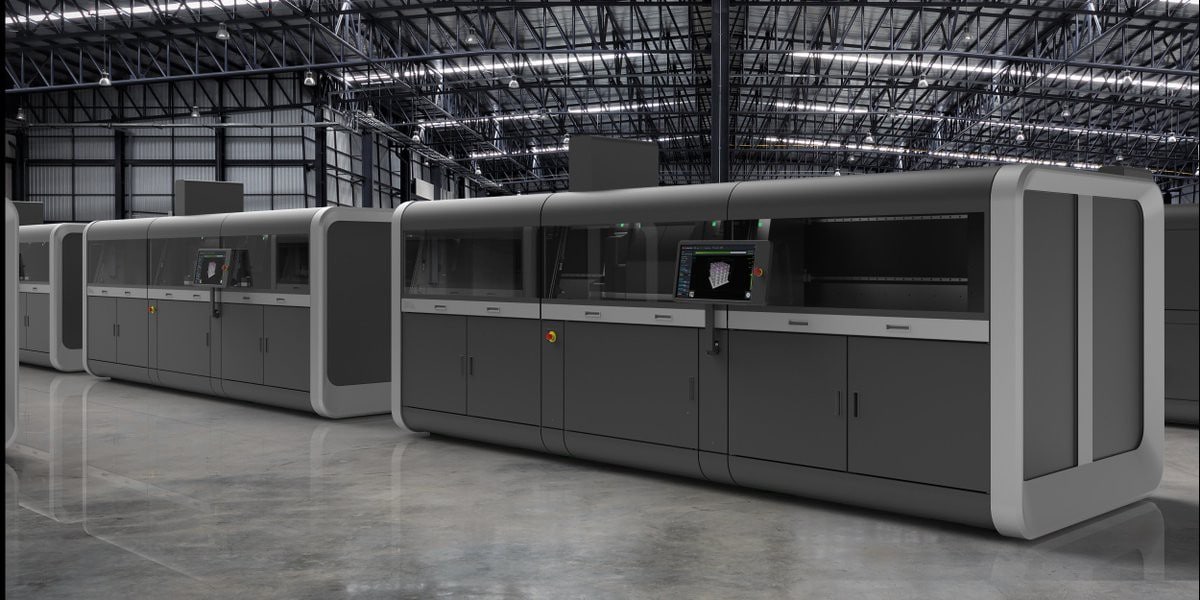Wenext orders 30 HBD-350T metal 3D printers from HBD 3D Printer Hardware
Shenzhen Wenext Technology Co., Ltd. (Wenext) and Guangdong Hanbang 3D Tech Co., Ltd (HBD), held a strategic cooperation agreement signing ceremony to celebrate an order of 30 HBD-350T medium size metal L-PBF systems to be installed at Wenext. This deal will further expand the production capabilities of one of China’s largest AM and on-demand manufacturing service providers.

